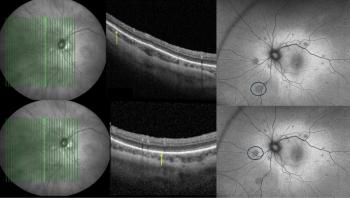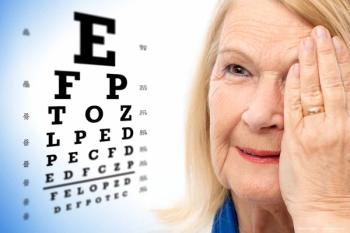
Lens retrodots and vacuoles positively linked to incidence of cataract surgery
Lens retrodots and vacuoles are positively linked with a 10-year incidence of cataract surgery.
Lens retrodots and vacuoles are positively linked with a 10-year incidence of cataract surgery, reveals a study in the journal Eye.
Dr A.G. Tan et al., Centre for Vision Research, Westmead Millennium Institute and Department of Ophthalmology, University of Sydney, Sydney, Australia, conducted an investigation onto 3654 patients aged 49 years and over. Of the patients included in the study, 2335 were re-assessed after five years and 1952 patients were re-assessed after 10 years.
The correlation between retrodots or vacuoles and the prevalence of 10-year incidence of nuclear, cortical, and posterior subcapsular (PSC) cataract and cataract surgery was analysed.
At baseline, 142 patients had retrodots and 1333 patients had vacuoles. Vacuoles were linked to prevalent PSC cataract at baseline with a 95% confidence interval. Baseline retrodots were linked to an increased incidence of cataract surgery. At baseline, three vacuoles were linked to increased risk of PSC cataract and cataract surgery.
The association between lens retrodots and vacuoles and incidence of cataract surgery suggests risk factors between lens features and the development of PSC cataract.
Newsletter
Get the essential updates shaping the future of pharma manufacturing and compliance—subscribe today to Pharmaceutical Technology and never miss a breakthrough.













































